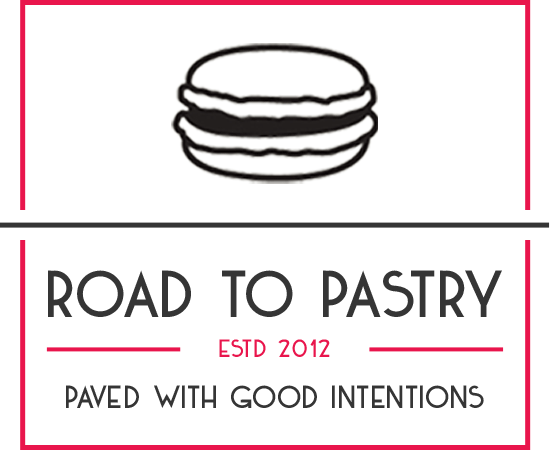Quick breads
Quick to make and quick to bake: they’re the quick breads, particularly popular in North America, but well appreciated in Europe as well.
Muffins, scones, and pancakes are just some examples of quick breads and some of their recipes are so simple you really need to put an effort in order to fail.
Characteristics
Quick breads all have one thing in common: the use of chemical leavening agents (baking powder, baking soda) in their recipes.
Chemical leavening agents don’t require time for fermentation like yeast-based products. The gas released by these agents expand with the heat of an oven and cause the product to rise.
Another characteristic is that quick breads are also shaped in a way that they can be consumed in a few bites by one person.
Methods
There are three main methods to mix ingredients for quick breads, depending on their formula (namely the quantity and state of the fat used).
[quote]
The muffin method
This method is the best way to make a moist and tender product. The fat is used in a liquid state (e.g. oil or melted butter) and dry and liquid ingredients are combined after being first mixed separately.
The most frequent problem is overmixing: the more you mix, the more gluten develops in the batter, thus risking of making the final product as hard as a brick. You should mix quickly only until dry ingredients are moistened (this means no electric mixer!).
The creaming method
Creaming is the process of incorporating air in a softened fat, like butter, mixed with sugar. The higher quantity of fat in recipes with this method reduces the risk of overmixing (since fat shortens gluten strands) and helps to keep products fresh longer. Creaming is also used in high-fat cakes and biscuits.
The biscuit method (sablage)
The sablage comes from the French word “sable” (sand) and refers to the consistency of dry ingredients mixed with butter in a solid form. The objective is to create a flaky product and the method is also used for tarts or biscuits.
[/quote]
Troubleshooting
Quick breads are relatively easy to make, but as for everything in pastry, you need to know what you’re doing. The most common errors for these products are:
– Holes inside the baked products: the batter was overmixed; mix only until moistened
– Flat top or cracked, uneven top: wrong oven temperature (too low or too high)
– No rise: overmixing or problems with leavening agents
